Taiwanese tea is not only beloved by domestic consumers but also favored by foreigners. However, can you clearly identify which of these fragrant and flavorful teas belong to which type? Is Oolong tea a type of green tea? Let`s follow Tea Journey`s guide to explore the world of tea, learn how to distinguish the types of Taiwanese tea, and discover the beauty of various tea aromas!
How are tea types distinguished in Taiwan? What are the differences in region, season, and fermentation level?
For tea lovers, you`ve probably heard a variety of tea names, such as Ali Shan tea, high-mountain tea, honey-scented tea, and even cold-resistant tea and misty tea. These seemingly diverse names serve only one purpose: to attract consumers. However, the basic elements that truly affect the types and naming of tea are these four:
Origin: Just as different places produce different flavors of vegetables and fruits, tea trees are no different. Therefore, tea names usually include the place of origin for differentiation, such as Zhu Shan, Ali Shan, Shanlinxi, Dong Ding, Wenshan, etc.
Variety: Different varieties of tea produce different flavors of tea. Therefore, the simplest way to classify and name tea is to use the variety, such as Qingxin Oolong, Jin Xuan tea, Cuiyu tea, Hongyu, Tie Guanyin, and Assam, etc.
Processing method (fermentation level): The roasting method and fermentation level of tea leaves affect the flavor of the tea soup. Therefore, it also becomes an important factor in classifying tea types. For example, tea made from unfermented tea leaves is called green tea; tea made from partially fermented tea leaves is called Oolong tea; fully fermented tea is called black tea; and post-fermented tea is called dark tea. The flavor of tea soup brewed from tea leaves with different fermentation levels is completely different.
Season: By combining the above three factors, the basic method of classifying and naming Taiwanese tea is formed. However, sometimes the season is also added for further clarification, such as Ali Shan Jin Xuan Oolong tea, spring tea.
In addition to inherent factors such as the variety of tea trees and their origin, the most significant factor influencing the type of tea is the degree of fermentation. Consequently, it is evident that green tea and oolong tea do not share the same level of fermentation and thus are not the same type of tea. The confusion between green tea and oolong tea arises from differences in the tea-making process, which can result in oolong tea, which should have sufficient fermentation, having a flavor profile similar to that of green tea. However, distinguishing between green tea and oolong tea is quite simple: genuine green tea will have a distinct grassy aroma, reminiscent of freshly cut grass.
Therefore, the primary classification of tea is based on its degree of fermentation, which can be categorized into four types: non-fermented, partially fermented, fully fermented, and post-fermented. However, it`s worth noting that post-fermented tea, such as ripe pu-erh tea and Guangxi Liubao tea, falls under the category of black tea, but since their production is not in Taiwan, we will focus on comparing non-fermented, partially fermented, and fully fermented teas.
| Fermentation Level: | Production Technique Names: | Suitable Brewing Water Temperature: | Tea Liquor Color: | Common Tea Varieties: |
| Non-fermented | Green Tea | 70~80°C | Green | Qingxin Ganzi (Green Heart Ganzi) |
| Partially fermented | Oolong Tea | 95°C or above | Golden-yellow to Orange-red | Qingxin Wulong, Jin Xuan, Si Ji Chun, Tie Guanyin |
| Fully fermented | Black Tea | 95°C | Orange-red to Red | Qingxin Wulong, Jin Xuan |
From the table, we can observe that even though it`s the same variety of tea, such as Qingxin Oolong and Jinxuan, using different fermentation levels in tea processing can result in two different types of tea: Oolong tea and black tea. This demonstrates the significant impact of fermentation levels on tea classification.
Introduction to Taiwanese Tea Varieties
Now that we`ve covered the classification of tea, let`s explore the varieties of Taiwanese tea. Taiwan is renowned as the “Kingdom of Tea,” and it would be difficult to enumerate all the types of tea in one go. Therefore, we will categorize Taiwanese tea into three main groups: by region, by variety, and by flavor profile.
By Taiwanese region, commonly known types of Taiwanese tea include the following three:
| Tea Names: | Tea Tree Origin: | Tea Characteristics: |
| High Mountain Tea | Mountain areas above 1000 meters in altitude | Oolong tea with a delicate fragrance, shaped into semi-ball form through rolling. |
| Oriental Beauty Tea | Hsinchu Emei and Beipu tea regions | Oolong tea with a honey-like aroma, produced after being bitten by small green leafhoppers. |
| Dong Ding Oolong Tea | Dong Ding Mountain | Oolong tea with a strong aroma, shaped into semi-ball form through rolling and then roasted. |
Among them, high mountain tea and Dongding oolong tea are the most famous, made from tea leaves that absorb the rich essence of Taiwan`s mountains and forests. They have an elegant flavor and are not only popular basic options loved by locals but also one of the most commonly chosen souvenirs by travelers.
Classification by Tea Tree Variety:
When classified according to tea tree varieties, Taiwan`s tea leaves mainly consist of the following seven types: Qingxin oolong, Qingxin Damao, Jin Xuan, Cuiyu, Sijichun, Assam, and Hongyu.
Classification by Tea Soup Flavor:
Ignoring factors such as tea tree variety and fermentation level, the simplest classification method is based on the taste of the tea soup.
| Tea Soup Flavors: | Characteristics: |
| Clear Tea | Smooth texture, delicate fragrance, with a subtle floral aroma, overall refreshing and refreshing. |
| Sweet Fragrant Tea | Sufficient fermentation combined with light roasting produces the aroma of ripe fruits in the tea soup, with a solid texture and long-lasting sweet aftertaste. |
| Strong Aroma (Ripe Tea) | After roasting, the tea soup presents a deep golden to yellow-brown color, with a rich tea aroma and a mellow taste. |
The sweet-scented tea is highly recommended for tea beginners because the appropriate fermentation brings out fruity aromas, resulting in a smooth and long-lasting sweet aftertaste. There`s no need to worry about bitterness, as it offers a silky and aromatic taste experience instead. For those interested in more detailed introductions to various Taiwanese tea varieties, you are welcome to visit the Puzhen official website or their stores.

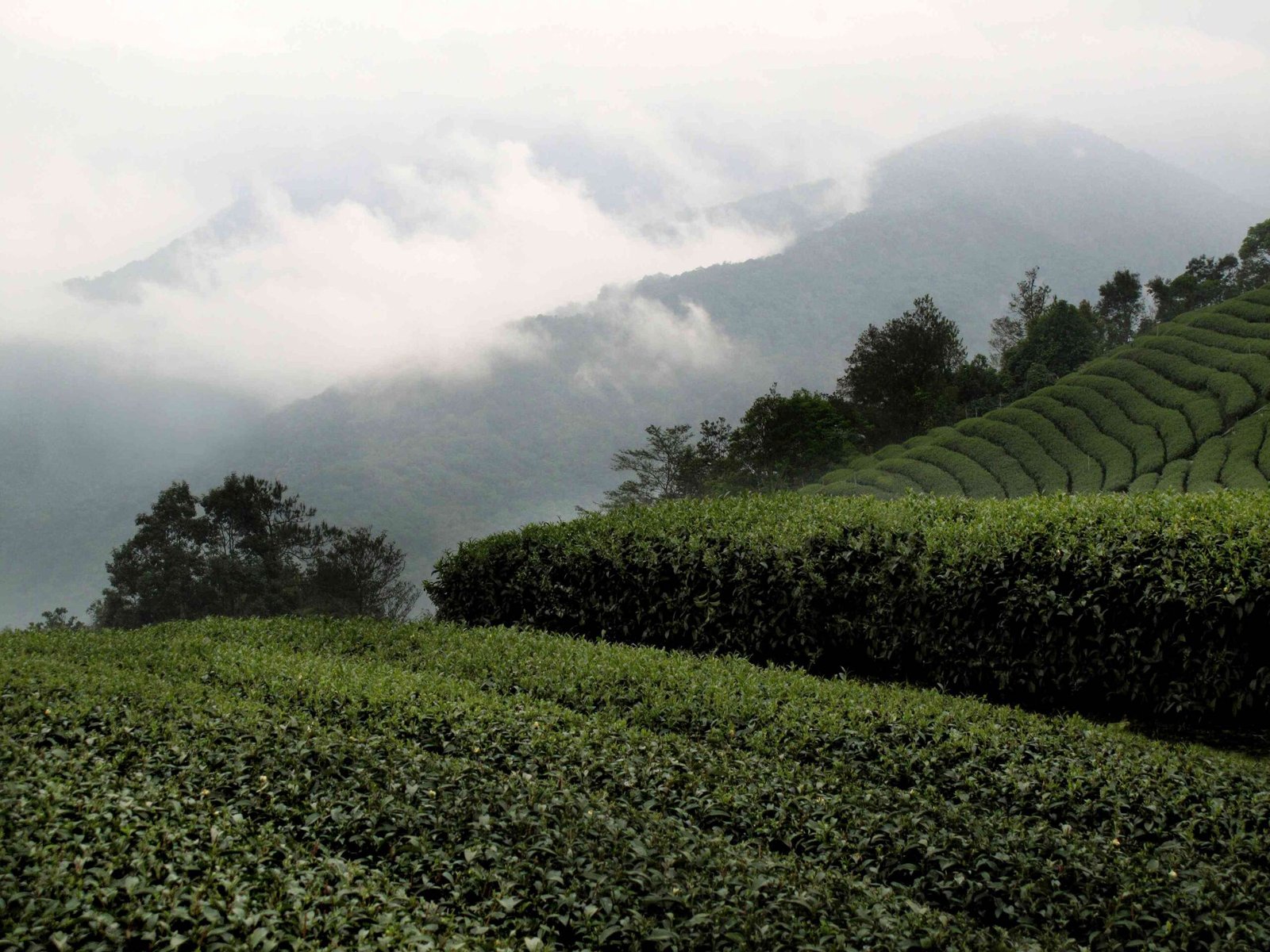
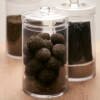

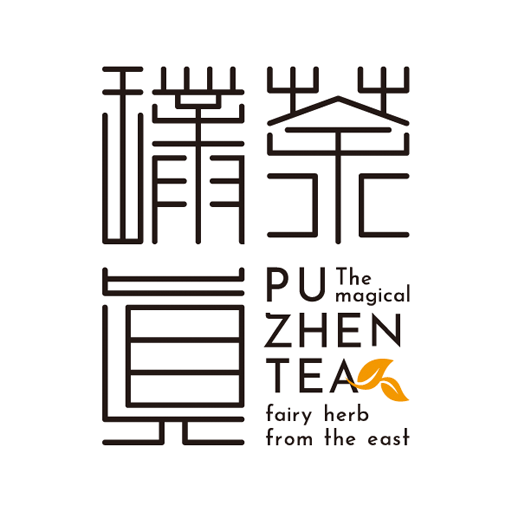
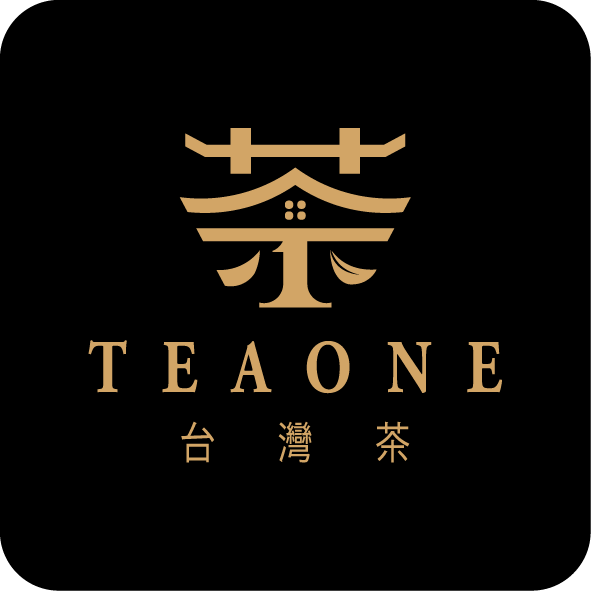
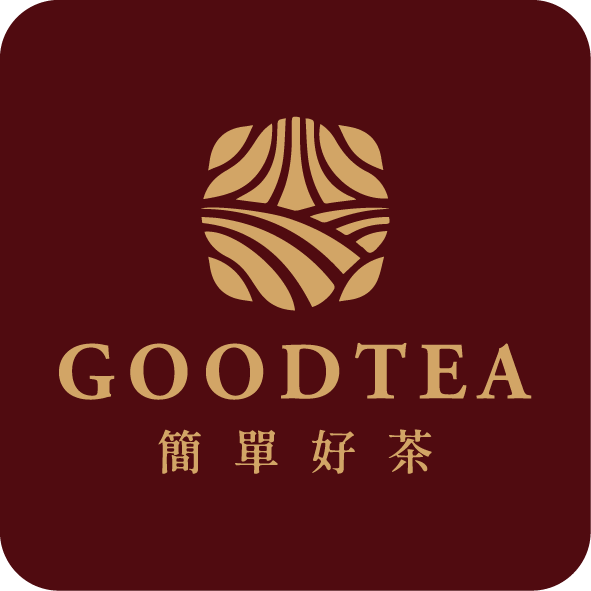
Leave a reply